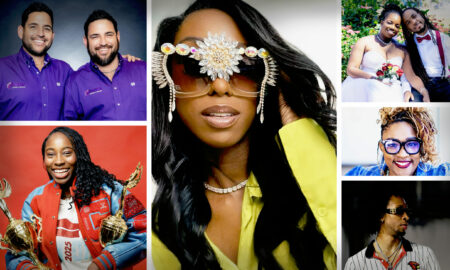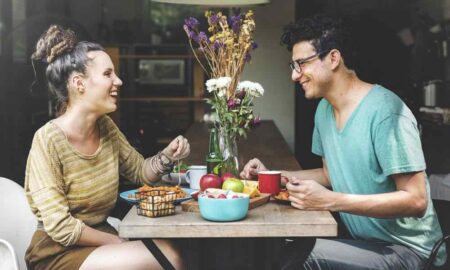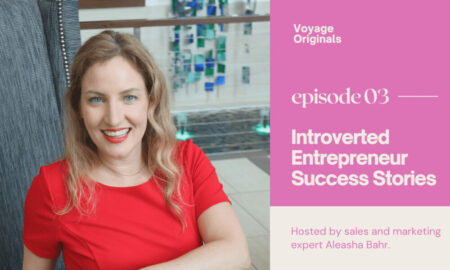

We’re looking forward to introducing you to XENIA GRAY. Check out our conversation below.
XENIA, so good to connect and we’re excited to share your story and insights with our audience. There’s a ton to learn from your story, but let’s start with a warm up before we get into the heart of the interview. When have you felt most loved—and did you believe you deserved it?
During Vipassana, a ten-day silent meditation retreat focused on observing the mind and body with complete awareness, I experienced a moment that changed my understanding of love. After many days of silence, I felt surrounded by love — not from anyone, but as if I became the love itself. It wasn’t about being worthy or unworthy. It was the realization that love isn’t something we earn; it’s what we are when we stop identifying with our thoughts and stories.
Can you briefly introduce yourself and share what makes you or your brand unique?
I grew up in post-Soviet Siberia, surrounded by the open emptiness of landscape and the quiet minimalism of endless white snow and empty space — and those visual imprints still live in my work today in the way I use space, subtle color, and restraint.
Through layered, mixed-media paintings, I focus on the subtleties of the human face and body — gestures that reveal what words cannot. My process is meditative; it’s about dissolving the noise of the mind and allowing something honest to emerge. In that sense, painting is both a spiritual practice and an act of love.
I’m currently preparing for The Other Art Fair in New York City, where I’ll be debuting new large-scale works that continue my exploration of connection and presence — the still moments between people and within ourselves. Alongside that, I’m collaborating with interior designers on commissioned pieces that bring this emotional depth and sense of calm into contemporary living spaces.
Appreciate your sharing that. Let’s talk about your life, growing up and some of topics and learnings around that. Who were you before the world told you who you had to be?
I was always an artist — deeply curious, observant, and moved by beauty and emotion. But certain experiences in my childhood made me suppress that part of myself. Growing up in post-Soviet Siberia, creativity wasn’t seen as something practical or valuable, so I learned to hide it and focus on being “responsible.” It took years, and a lot of unlearning, to rediscover that quiet, intuitive voice that had been there all along.
Today, I’m fully embracing my purpose. Art is no longer something I do — it’s who I am. It’s the most natural way I know to connect with others and to return to myself.
When did you stop hiding your pain and start using it as power?
I began using my pain as power the moment I started to paint. I was bullied throughout my childhood, and I didn’t have much attention or emotional involvement from my family — I grew up learning to navigate everything on my own. There wasn’t a safe place to put feelings into words, so painting became the only language where I could express what I carried inside. My early works were raw and dramatic, full of longing, loneliness, and the need to be seen when I didn’t know how to reveal myself.
But as I went inward — through therapy, meditation, and self-discovery — my relationship with art transformed. My palette softened, my imagery became calmer, and the focus shifted from isolation to connection. Today, I no longer paint from pain — I paint from love. Love for humanity, for presence, and for the shared experience of being alive.
Sure, so let’s go deeper into your values and how you think. Is the public version of you the real you?
Yes — I try to be as authentic as possible. The public version of me isn’t a performance; it’s an extension of who I am. My art comes from a very honest place, so I can’t really separate the “artist” from the person. What you see in my work — the vulnerability, stillness, and search for connection — is exactly who I am in my everyday life.
Thank you so much for all of your openness so far. Maybe we can close with a future oriented question. If you knew you had 10 years left, what would you stop doing immediately?
Honestly, nothing. I would continue painting. Art is already the most meaningful way I know to spend my time — it’s how I connect, understand, and leave something behind. Knowing I had ten years left would only make me paint with even more presence and love.
Contact Info:
- Website: https://www.xeniagray.art/
- Instagram: https://www.instagram.com/xenia.gray/
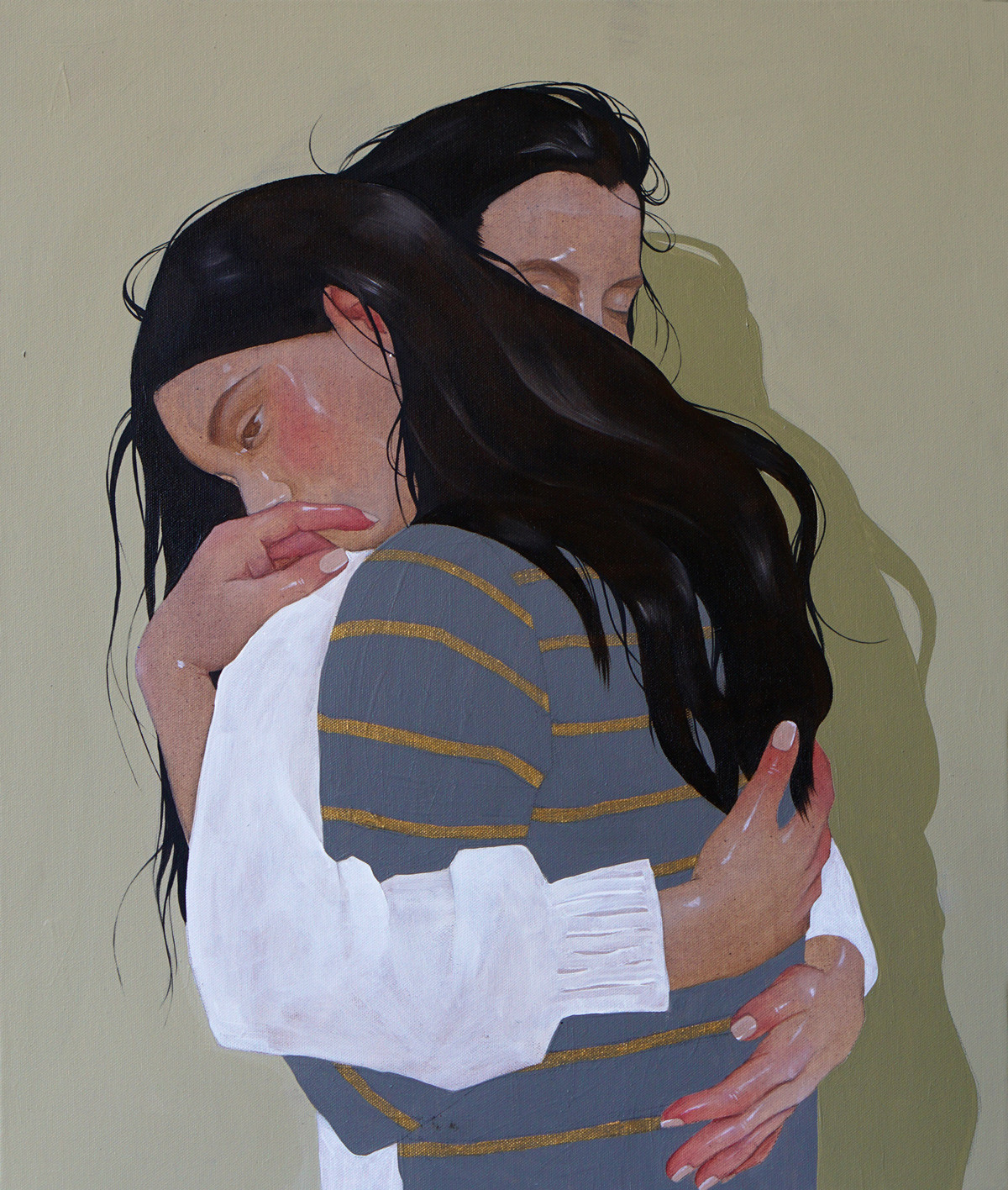
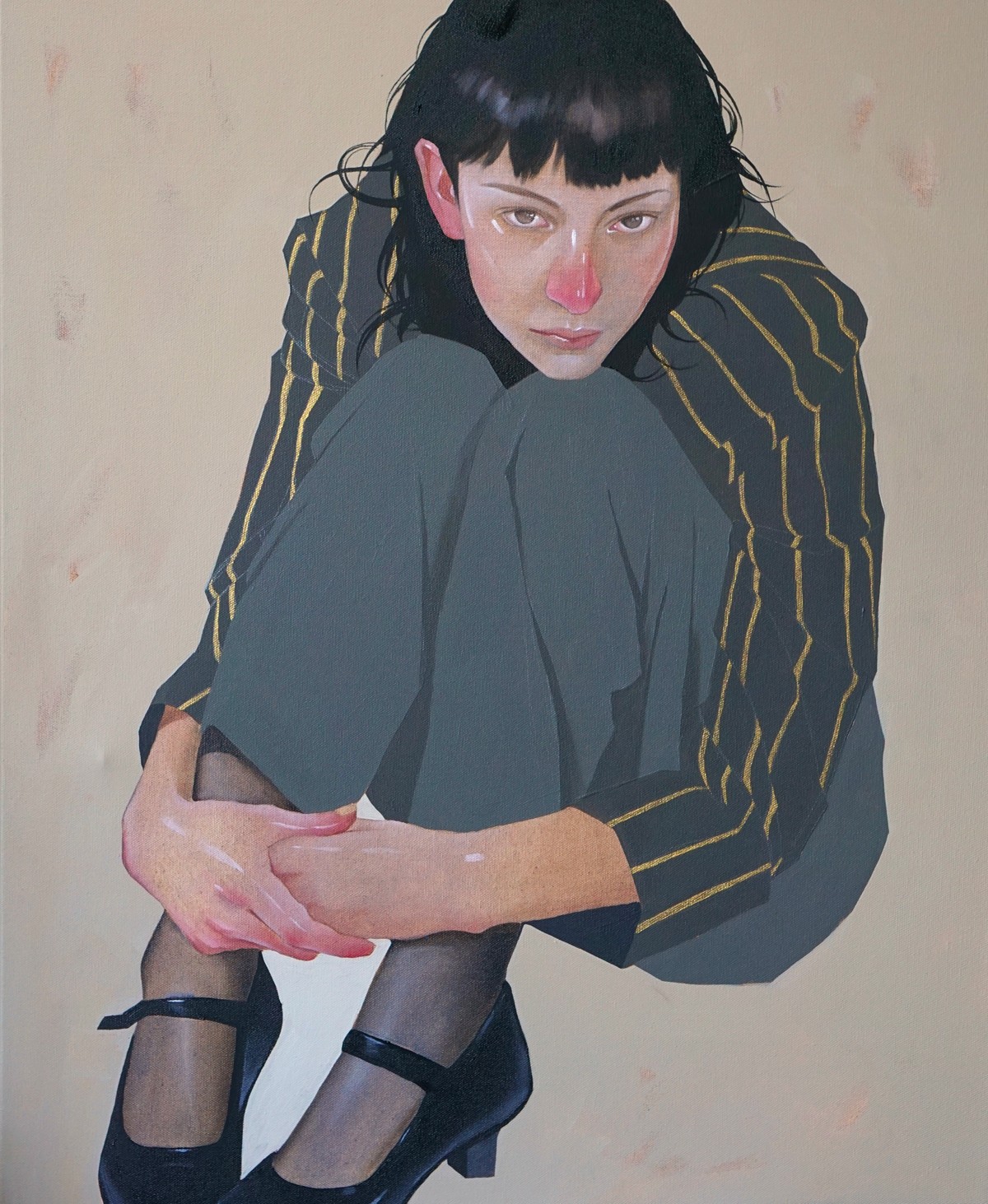
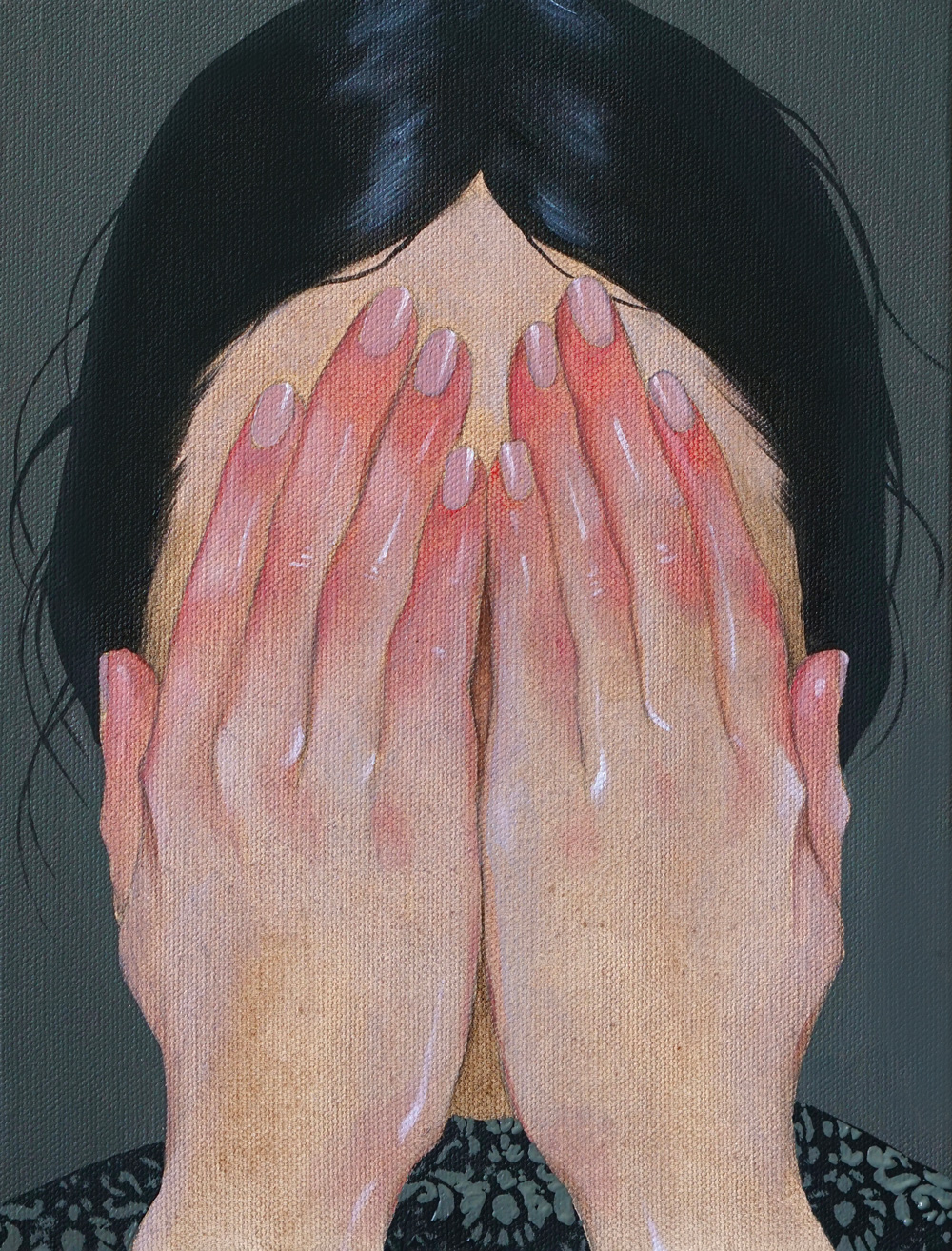


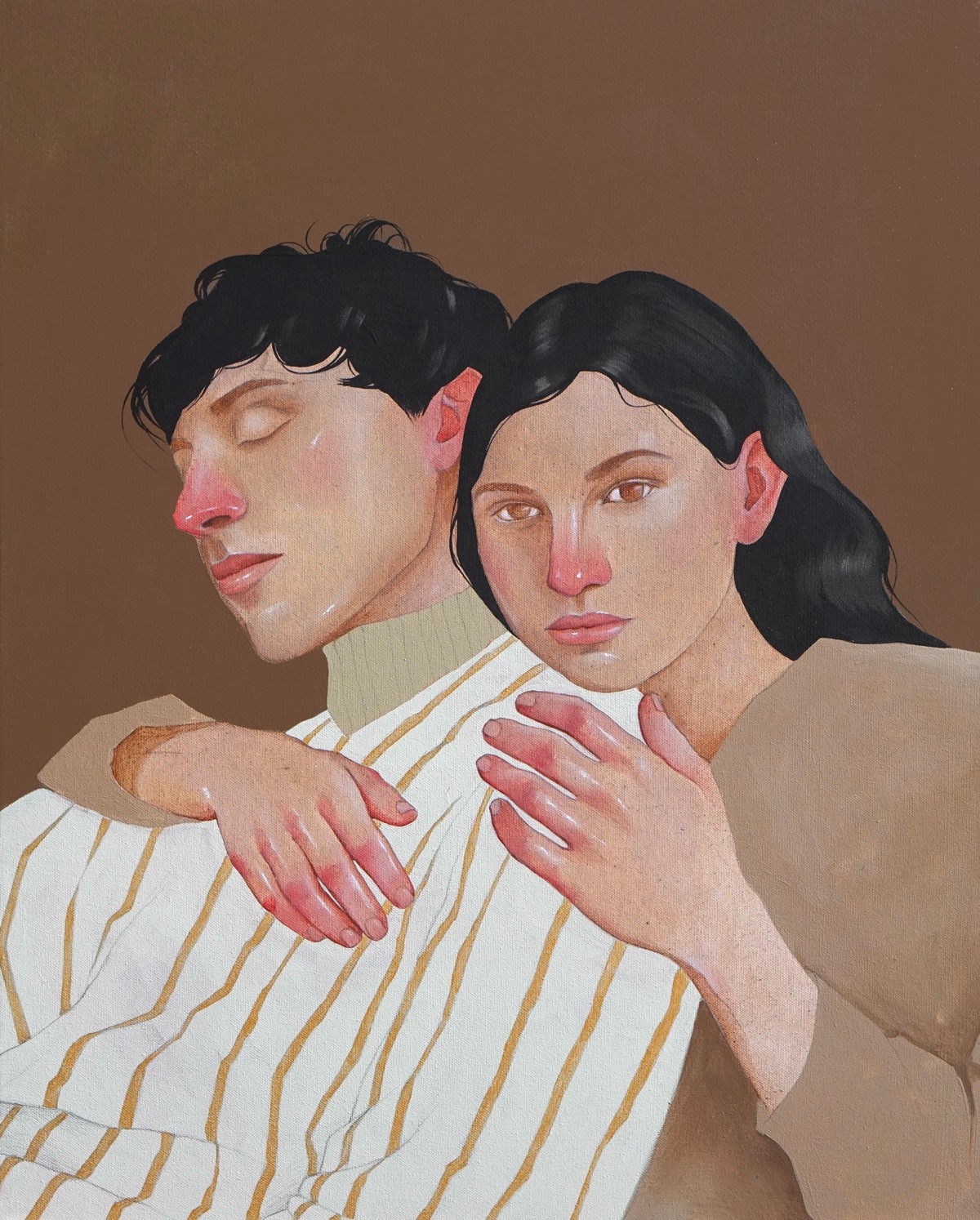
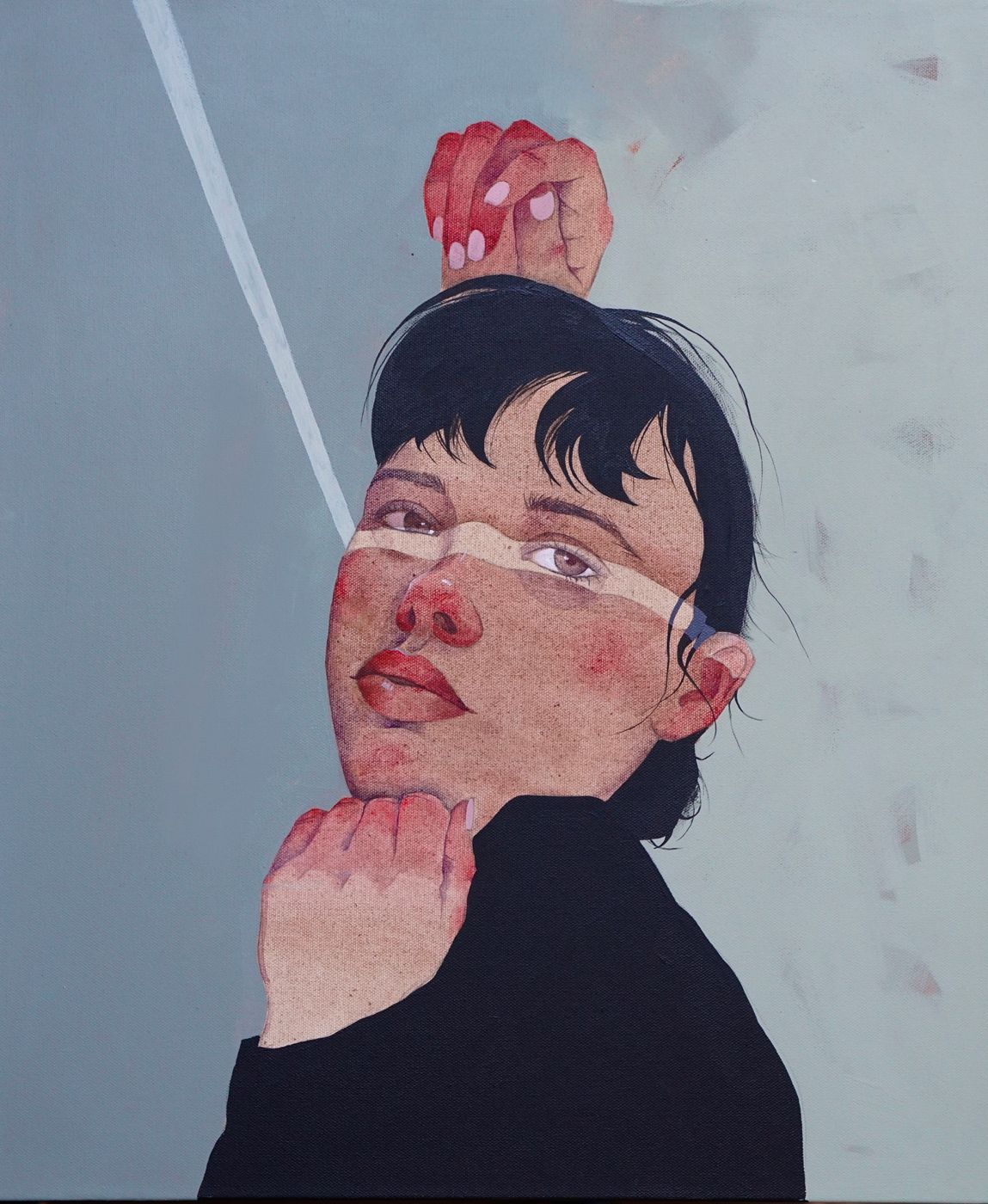
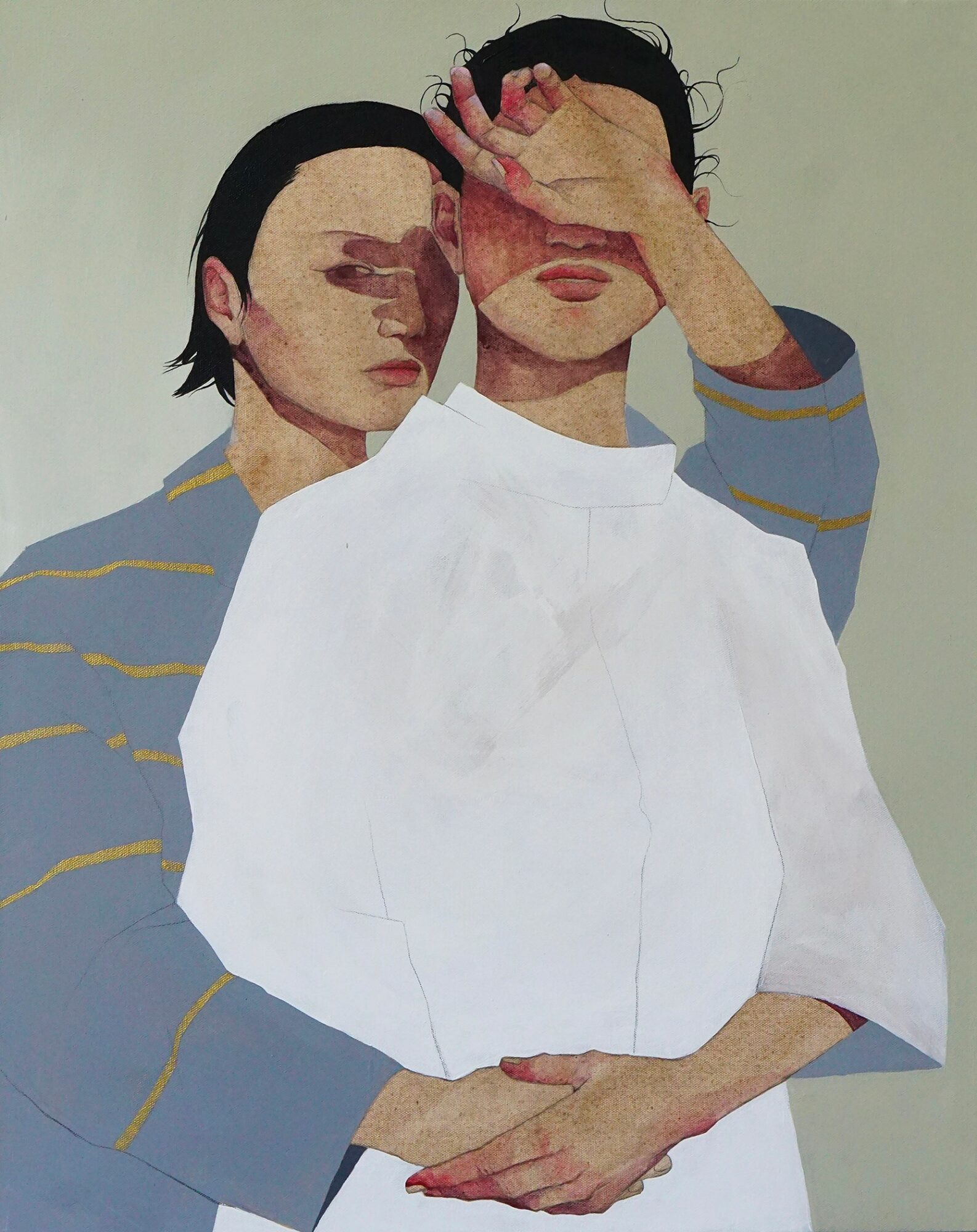
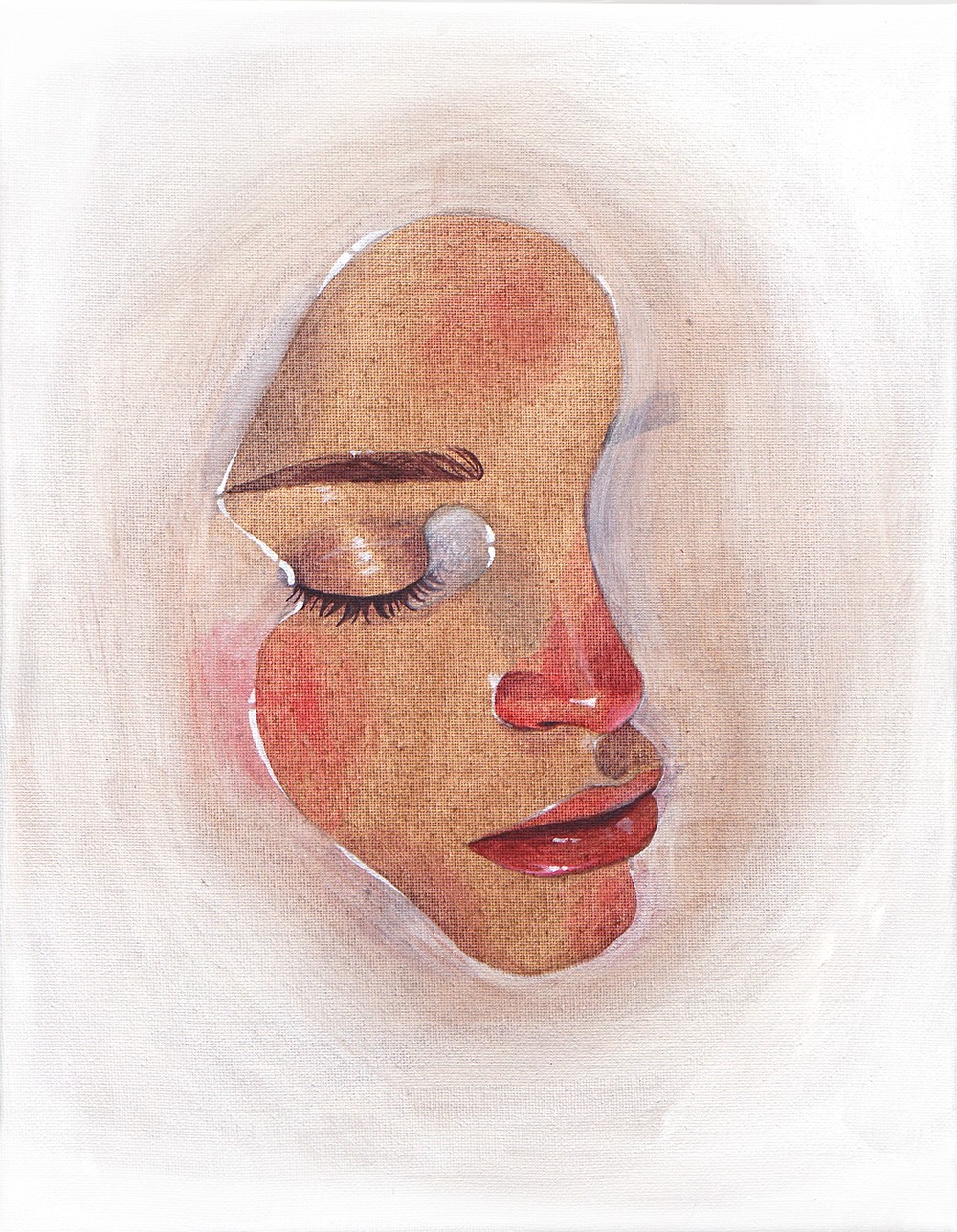
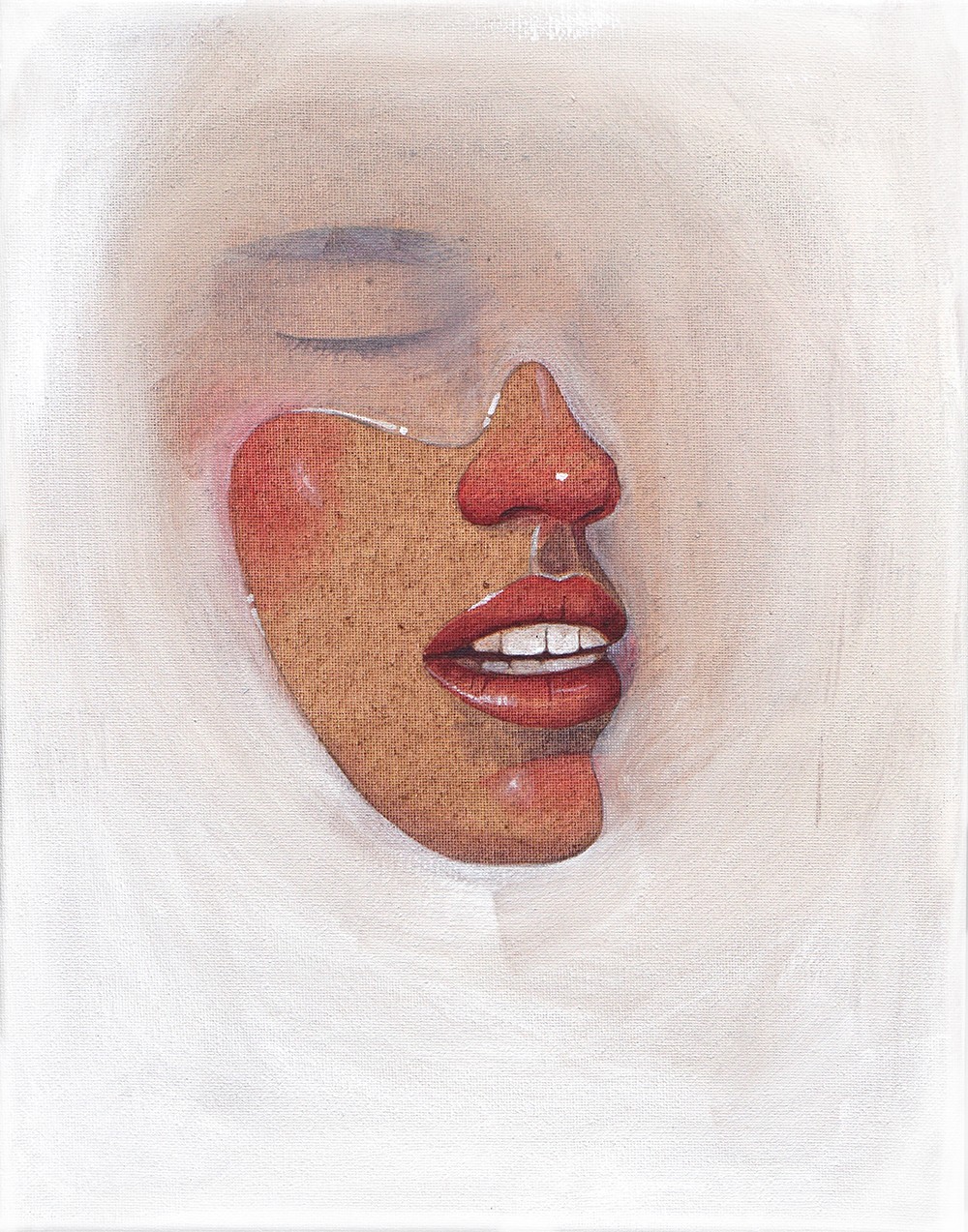
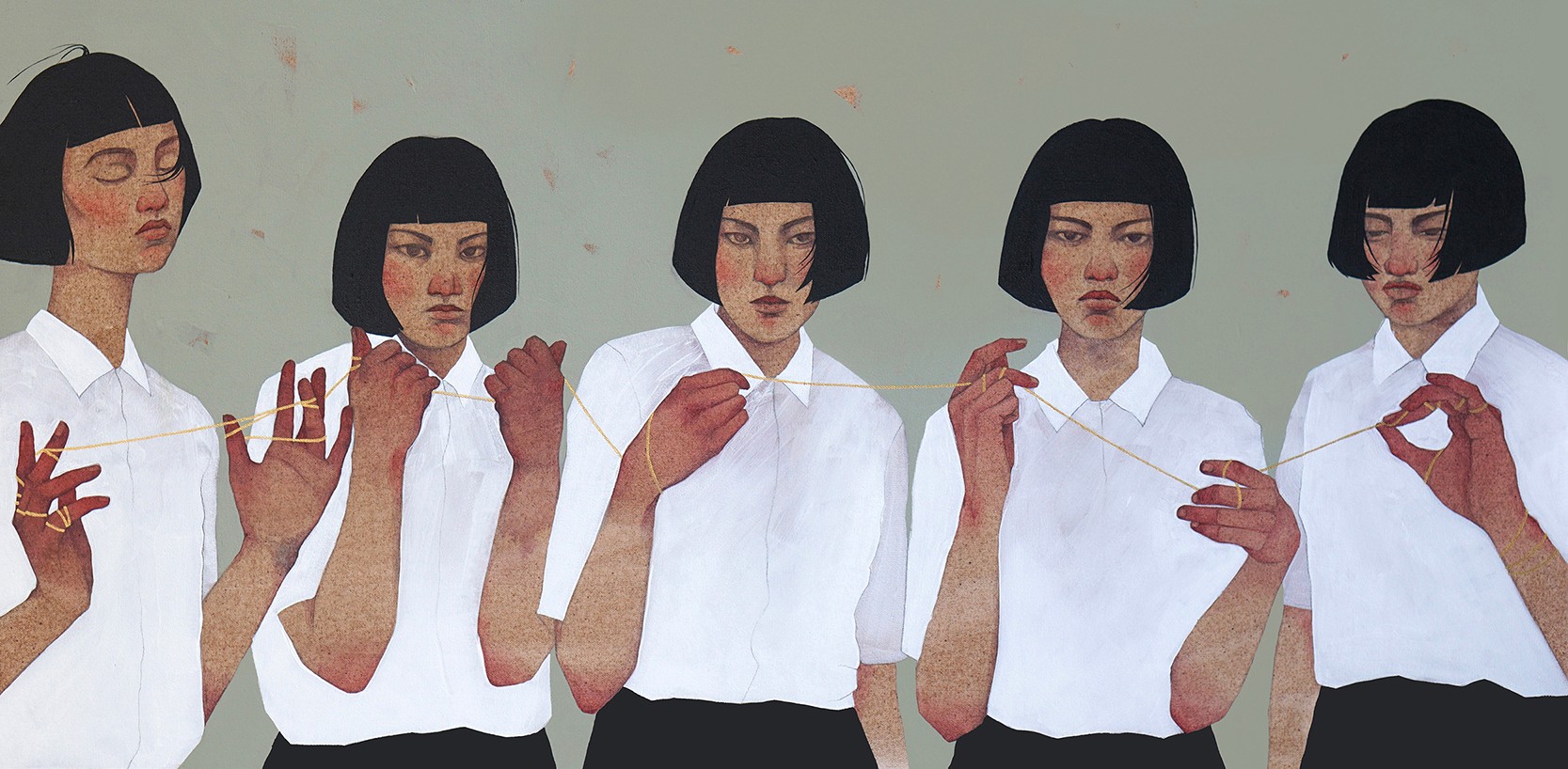
Image Credits
Xenia Gray

